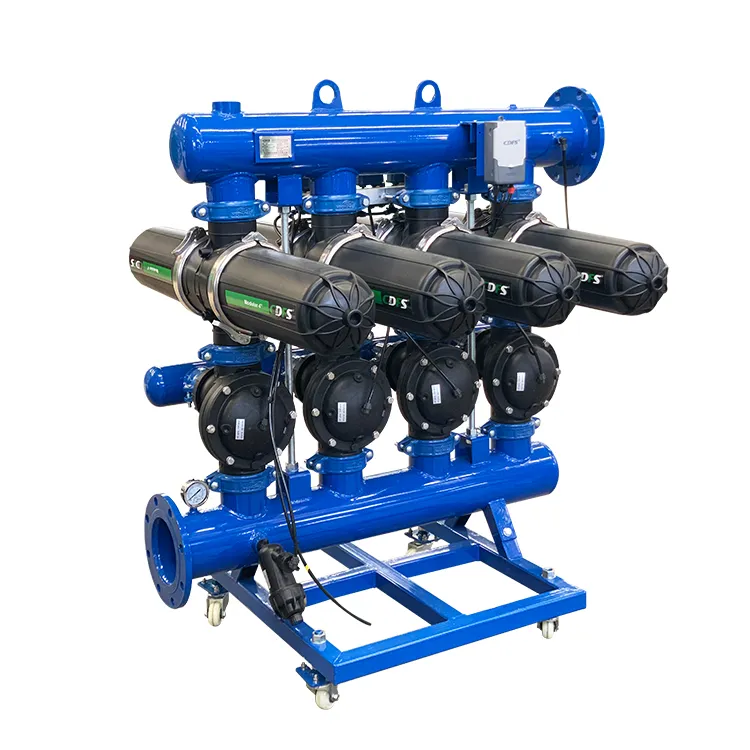
Disc filters have become a key component in various water management applications, including industrial water treatment, agricultural irrigation, and HVAC systems. These filters provide reliable particle removal, safeguarding downstream equipment and maintaining water quality. However, pressure loss is a common challenge in disc filter systems. Excessive pressure loss can reduce flow efficiency, increase energy consumption, and raise maintenance costs.
Pressure loss in disc filters occurs when water flows through the discs and encounters resistance from friction and particle buildup. Over time, this increases pressure drop, reducing flow, causing uneven distribution, and adding stress to pumps and other components. Understanding these mechanisms helps operators manage systems more effectively.

Several factors determine the extent of pressure loss in disc filters.
Filter Design: The size, arrangement, and material of the discs play a major role in water flow and particle capture.
Water Quality: Higher concentrations of suspended solids, larger particle sizes, or increased organic matter raise resistance and accelerate debris accumulation.
System Operating Conditions: Flow rate, pipe layout, and disc alignment can create uneven flow or turbulence, influencing pressure loss.
Maintenance Practices: Cleaning frequency and efficiency directly affect how quickly particles accumulate and contribute to pressure drop.
Considering all these factors together helps maintain manageable pressure levels and ensures stable performance in disc filter systems.
Maintaining optimal performance in disc filters requires attention to both design and operation. Selecting disc packs with appropriate pore sizes and durable materials ensures effective filtration while minimizing resistance. Implementing staged filtration, where coarse pre-filters remove larger debris before water reaches the disc filter, can reduce the load on the primary filter and limit pressure buildup. Controlling flow velocity and ensuring even distribution across the disc stack prevents localized areas of high resistance. Regular cleaning, whether manual or automatic, is essential to prevent excessive debris accumulation. What’s more, monitoring pressure in real time enables operators to adjust flow rates or cleaning schedules, ensuring consistent operation.
A disc filter in an industrial cooling water system was losing a lot of pressure because there was a lot of debris and the flow was fast. By introducing a pre-filtration stage and optimizing the flow distribution across the disc stack, the system achieved a noticeable reduction in pressure drop. Maintenance intervals were adjusted, and real-time pressure monitoring allowed operators to prevent excessive accumulation of particles. Similar improvements have been observed in agricultural irrigation networks, where proper flow management and regular cleaning reduced pressure issues while improving irrigation efficiency.
Managing pressure loss in disc filters is key to keeping the system running smoothly. It helps save energy and makes the filters last longer. By understanding how resistance develops and considering disc design, water quality, flow distribution, and cleaning practices, operators can ensure reliable and consistent performance.
